Selecting the right time to visit Da Nang, Vietnam, can significantly enhance your travel experience. This beautiful coastal city, known for its stunning beaches, vibrant culture, and rich history, offers a variety of attractions that come to life during certain seasons. To ensure that your visit is filled with sunny days on the beach and opportunities for exploration, understanding Da Nang's climate, seasonal variations, and popular events is crucial. As you plan your trip, consider the temperature fluctuations, rainfall patterns, and local festivities, which can greatly influence your journey.
With its tropical monsoon climate, Da Nang experiences two main seasons: the dry season and the rainy season. Knowing when to travel can help you maximize your enjoyment of the city's beautiful scenery and cultural offerings. This guide aims to equip you with insights into Da Nang's climate, detailing the best months to visit, tips for navigating the high tourist seasons, and strategies for coping with potential rainy weather later in the year.
Da Nang, located on Vietnam's central coast, boasts a tropical monsoon climate that significantly affects the visitor experience throughout the year. The city's climate can be characterized by two predominant seasons: the dry season, which typically lasts from January to August, and the rainy season, extending from September to December. Understanding these climatic patterns plays a crucial role in planning your visit, allowing for a more enjoyable experience while exploring Da Nang's attractions, from its stunning beaches to its cultural and historical sites.
During the dry season, Da Nang enjoys warmer temperatures and minimal rainfall, making it the ideal time for outdoor activities and beach visits. Conversely, the rainy season brings significant precipitation and cooler temperatures, which can pose challenges for tourists. Weather patterns can dramatically influence your experience, from the sights you see to the activities you engage in. In the following sections, we will outline the pros and cons of the dry and rainy seasons, followed by recommendations for the best months to explore this beautiful city.
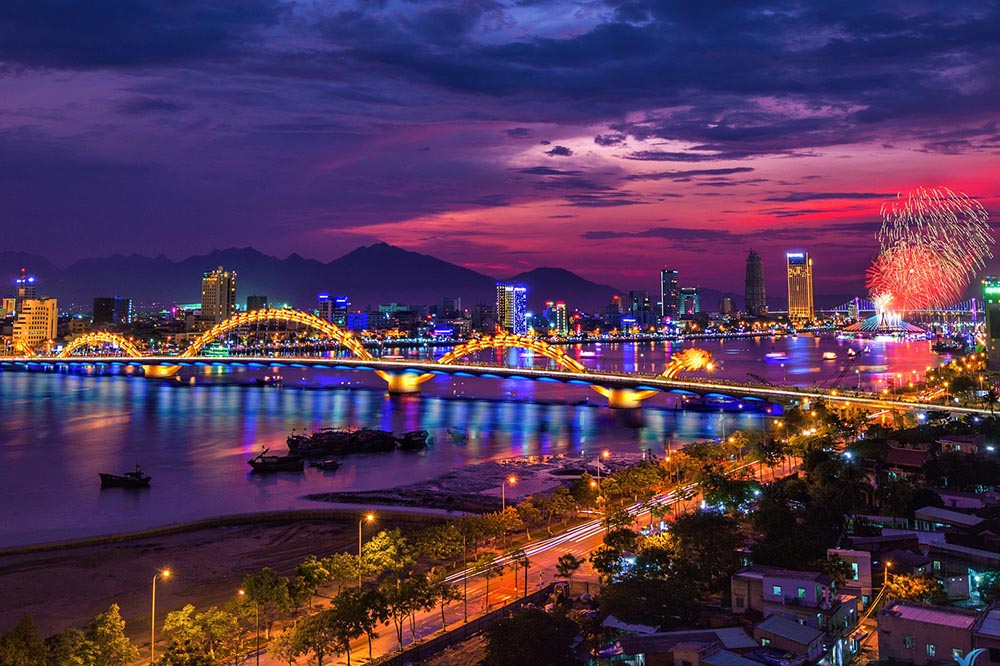
When debating the best time to visit Da Nang, understanding the distinction between the dry and rainy seasons is essential. The dry season spans from January to August, characterized by pleasantly warm weather and significantly lower humidity. During this period, tourists can revel in average temperatures ranging from 21°C (70°F) to 36°C (97°F), making it perfect for beach outings and exploration.
Key benefits of the dry season include:
By comparison, the rainy season, starting in September and lasting until December, can deter many visitors due to the substantial average rainfall experienced during these months. For example, October is notoriously known as Da Nang’s wettest month, receiving over 600mm of rain. Despite its natural beauty, frequent downpours can create travel challenges, including transportation disruptions and limited outdoor enjoyment.
Rainy season considerations include:
Ultimately, the core choice for visitors lies in finding the balance between comfortable weather and vibrant local events. During the dry season, Da Nang bustles with activities, while the rainy season provides a unique, quieter experience for those willing to brave the rain.

In light of Da Nang's climatic patterns, the best months to visit the city prioritize both comfortable weather and exciting events. Notably, March, April, and May stand out as prime choices for travelers seeking warm, relatively dry conditions, ensuring an enjoyable engagement with the city's attractions, culture, and coastline.
Each of these months provides distinct advantages, with March offering a transition into warmer temperatures and low rainfall averaging just 24.6mm over approximately 5 rainy days. April heralds an increase in temperature, peaking at 31°C (88°F) while maintaining minimal precipitation, allowing visitors to enjoy sunshine all day long.
Monthly Weather Statistics Table:
| Month | Avg Min Temp (°C) | Avg Max Temp (°C) | Avg Rain (mm) | Rainy Days |
|---|---|---|---|---|
| March | 21.5 | 26.5 | 24.6 | 5 |
| April | 23 | 31 | 10.5 | 3 |
| May | 25 | 33 | 24.5 | 6 |
Lastly, May marks the culmination of the dry season with temperatures between 25°C and 33°C, making it prime beach weather. The warm sea textures offer an inviting lure for water sports enthusiasts and beach-goers alike. Additionally, favorable weather conditions facilitate travelers to explore the renowned attractions, including the famous Golden Bridge and Ba Na Hills.
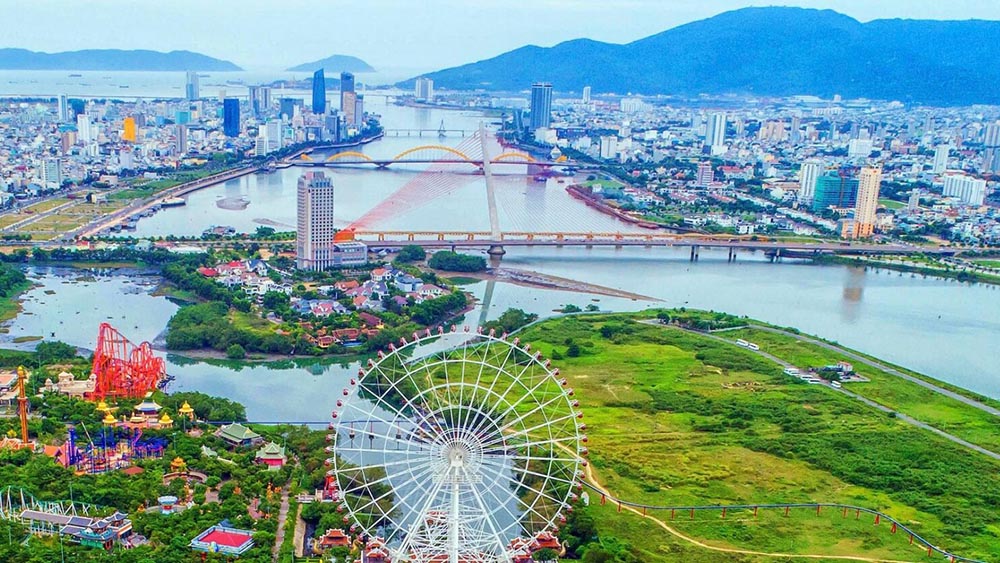
Given the stunning climatic conditions during March, April, and May, this period emerges as the prime time for adventurers longing for both relaxation and cultural exploration. In March, with temperatures comfortably nestled between 21.5°C and 26.5°C, travelers can spend their days lounging on the beaches of My Khe or indulging in delightful maritime activities. The average daily rainfall remains at an acceptable low, ensuring that excursions remain smooth and free of interruptions.
Reasons to visit in March:
As the dry season progresses into April, Da Nang’s charm only deepens, adorned by the vibrant colors of blooming flowers and bustling local markets. This month's average temperature spikes to 31°C, further invigorating the city and drawing in tourists toward exciting events, like the Da Nang International Fireworks Festival.
Notable events in April include:
Wrapping up the ideal weather months, May brings about the peak of the dry season, enticing adventure seekers with warm coastal waters ideal for water sports. With sea temperatures rising, activities like surfing, jet-skiing, and beach volleyball become increasingly popular among locals and tourists alike.
May attractions include:
March, April, and May ally together to form a magical trio that captivates travelers seeking a getaway filled with culture, adventure, and natural beauty.
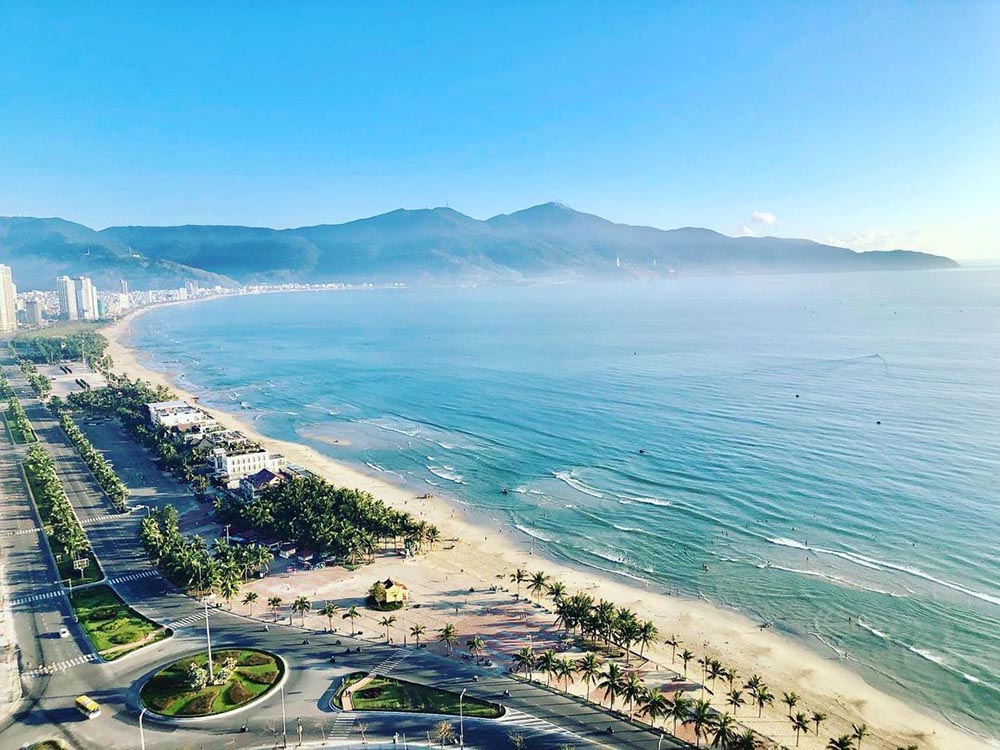
In the shadow of the bustling tourist months lies February, regarded by many as a hidden gem within the annual Da Nang travel calendar. During this transitional month, Da Nang showcases a cooler yet comfortable climate, with average temperatures ranging between 18°C and 24°C. February presents a welcome escape from the chilling winter months, particularly for travelers from colder climates.
One notable aspect of February is the Tet Festival, Vietnam's Lunar New Year celebration. This timeless event is filled with rich cultural experiences, vibrant street celebrations, and culinary delights, allowing visitors to engage authentically with local traditions. The festive atmosphere pulses through the streets of Da Nang, marked by elaborate decorations, lion dances, and lively markets bustling with local vendors.
Highlights of February include:
Beyond cultural attractions, February proves advantageous for outdoor activities such as beach sports and sightseeing, thanks to its mild weather and limited rainfall. Visitors can relish in various tours, including visits to historical landmarks such as Dragon Bridge or enjoying leisurely strolls along the Han River.
February Touring Tips:
Ultimately, February serves as a sweet precursor to the bustling tourist months of March through May, allowing travelers to enjoy an enriching cultural experience against a backdrop of serene, pleasant weather.
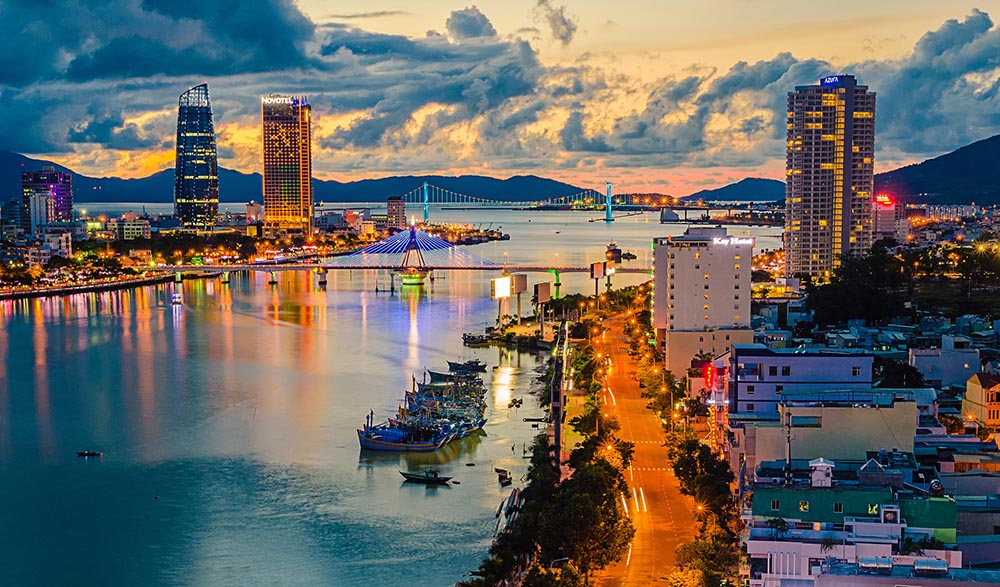
As summer wanes and the landscape transforms, September to November becomes a unique transitional period in Da Nang that warrants attention. Initiating with the tail end of the rainy season, September can still pose challenges for visitors seeking outdoor adventures; however, it also brings opportunities to immerse oneself in local culture through vibrant festivities and fewer crowds.
By September, rainfall begins to taper off, with July’s humidity gradually declining. While one can expect 80-100mm of rain during this month, the introduction of cooler temperatures averaging 24°C allows for delightful afternoons spent exploring the city's sites from the Marble Mountains to the intricate My Son Sanctuary.
September highlights include:
Transitioning into October, Da Nang prepares for its wettest month of the year, shedding water like tears from the heavens. Average temperatures range from 22°C to 26°C, creating a cooler environment that accentuates the city’s lush surroundings, though the city may endure up to 20-21 rainy days.
Indications of October include:
Despite weather challenges, travelers who remain flexible can capitalize on quieter tourist attractions, invoking a sense of intimacy with places like the Museum of Cham Sculpture or charming local cafes. November signals the beginning of a transition back to more stable weather patterns, with fewer rainy days as visitors notice an organic beauty in Da Nang devoid of overwhelming crowds.
November traits include:
Overall, while September to November may present its own challenges through weather fluctuations, travelers willing to embrace the transition can savor Da Nang's charm in a relaxed manner.

With a significant influx of tourists spanning June to August, Da Nang experiences its high tourist season, leading to busy attractions and the bustling atmosphere of summer vacations. While this time offers vibrant activities, cultural festivities, and beautiful beach weather, it also requires savvy planning for an enjoyable experience.
During these months, Da Nang's weather can reach soaring temperatures, often exceeding 34°C (93°F), with peak hours seeing temperatures escalate to 40°C (104°F). This intense climate can make outdoor sightseeing a bit taxing without proper precautions. However, the long hours of sun and the advent of fun summer activities draw travelers toward Da Nang’s renowned beaches, including My Khe and Non Nuoc.
Summer season benefits include:
As you navigate the crowds, strategic planning becomes essential to enjoy peeling away the layers of excitement Da Nang provides. Because visitors flock to popular sites, it’s paramount to develop a well-thought-out itinerary.
Tips for managing high tourist seasons include:
By embracing these strategic considerations, visitors can still enjoy the vibrant atmosphere of Da Nang during high seasons and participate in cultural events, including the Da Nang International Fireworks Festival, celebrated enthusiastically upon the arrival of summer.
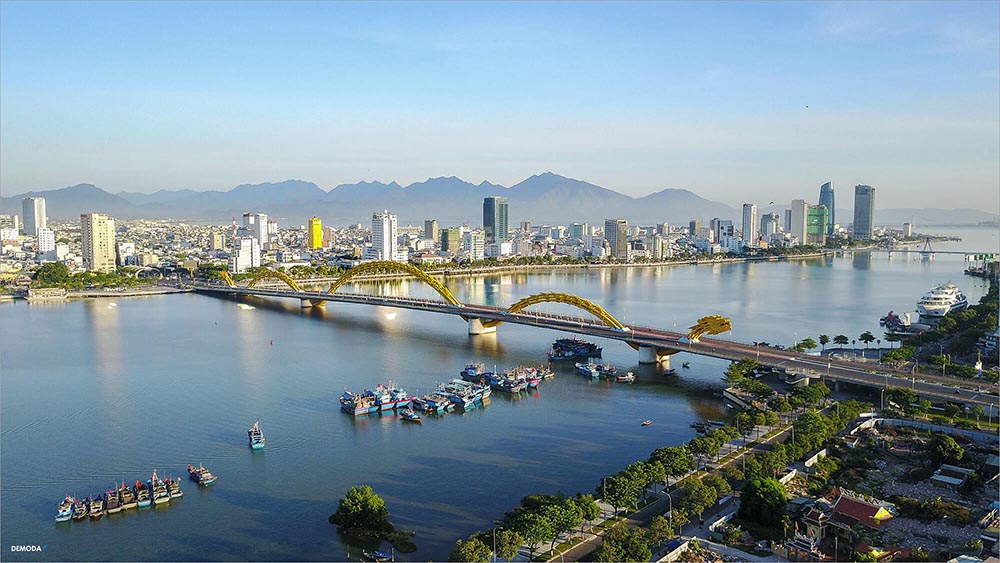
While June to August promises a lively and entertaining experience in Da Nang, preparation for the heat and crowds is essential for maximizing enjoyment within the city. With temperatures routinely touching 34°C (93°F) and humidity at its peak, being equipped for warmth becomes paramount. This season’s vibrant ambiance is eagerly anticipated by families on summer vacations and adventure-lovers alike.
Amidst the intensity, summer proves to be one of the most picturesque times to enjoy the sandy shores. The buzz of Da Nang thrives throughout summer, evidenced by the animated participation in various local events, concerts, and lively festivities.
Activities ideal for summertime pursuits include:
To navigate the sweaty heat effectively, consider these exploration tips:
Essential exploration strategies:
While weather conditions might be demanding, enthusiastic planners can enjoy Da Nang’s diverse array of vibrant attractions, combining leisure and cultural immersion to create a memorable summertime experience.
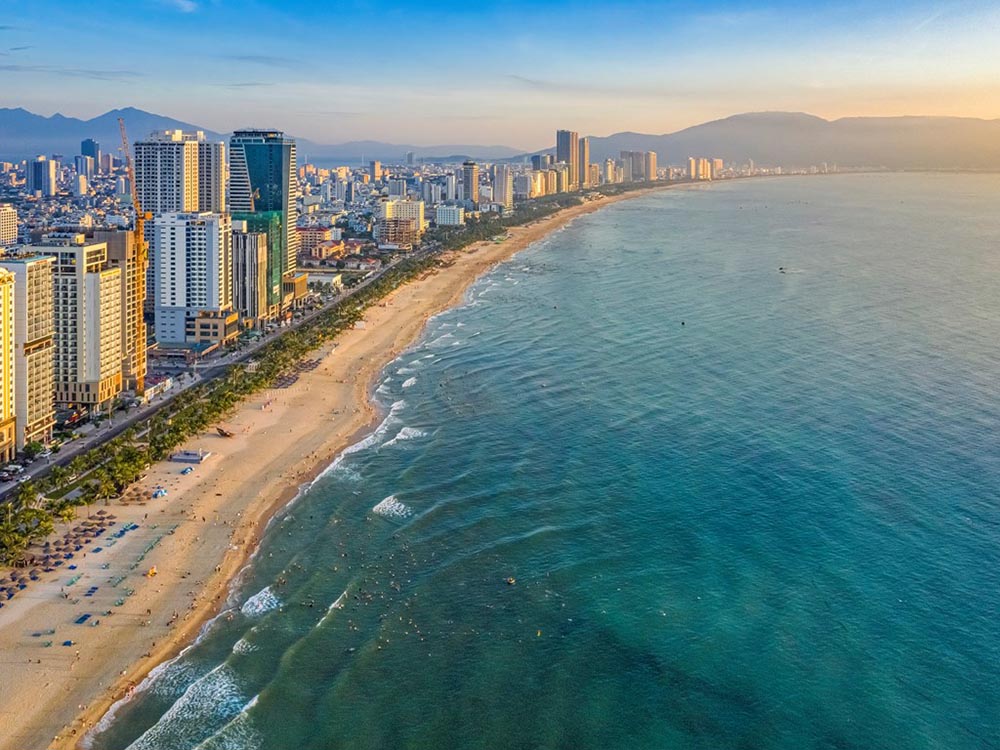
Throughout the calendar year, specific months illuminate Da Nang’s cultural vibrancy through unique holidays, notably April and September. Each provides opportunities for guests to engage with local customs alongside picturesque weather conditions.
April, heralded for its balmy days, serves as a cornerstone of the high tourist season, marked by significant events that draw people from near and far. One of the most highly anticipated events is the Da Nang International Fireworks Festival, brightening the night sky with a spectacular display of pyrotechnic artistry. The city transforms into a hub of excitement, adorned with festive decorations and lively entertainment.
Key aspects of April celebrations:
At the turn of the calendar, September marks the commencement of the Mid-Autumn Festival, a significant event exhibiting vibrant celebrations. Though experiencing the beginning of the rainy season, this month offers a deeply cultural experience bolstered by traditions that echo through the city.
September highlights include:
To enjoy these unique holidays, consider timing your visit around these key months to indulge in Da Nang’s cultural tapestry while making lasting memories, embracing the vibrancy that the city has to offer.
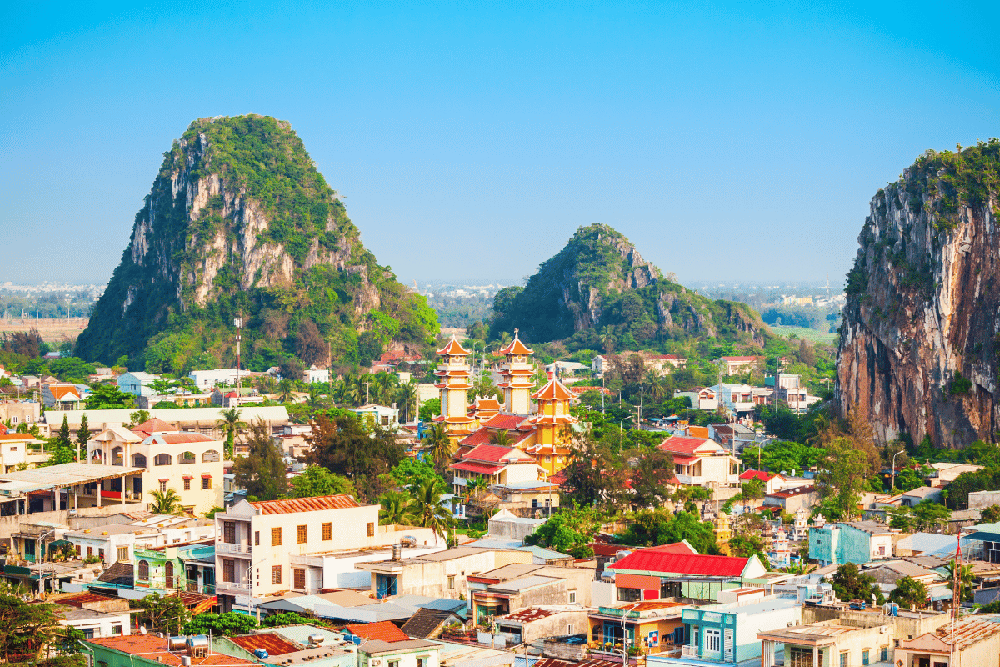
When planning for a visit to Da Nang, understanding the potential challenges presented during the rainy season equips travelers to tackle their travels with confidence. From September to November, this season showcases natural beauty alongside the intricacies of shower-filled days that could pose difficulties if not approached with caution.
Travelers should stay informed about the weather conditions, as they fluctuate throughout these months. While occasional heavy downpours can disrupt plans, strategic planning can ensure a cohesive travel experience. Hearing stories from fellow travelers can often amplify these anticipatory measures, reinforcing the wisdom of proper research.
Practical tips for navigating rainy days:
Even with these efforts, cultural explorations can continue seamlessly through the rainy backdrop, ensuring every visitor retains enjoyment amidst unpredictable weather patterns.
As the rainy season proceeds, October and November become synonymous with heavy rainfall in Da Nang, presenting unique challenges to travelers. October is particularly notorious for receiving significant precipitation, with an average of 20-21 rainy days reported. The lushness of Da Nang's landscapes accelerates, but this natural beauty can also present hurdles mainly through flooding in low-lying areas that impede mobility.
Average temperatures during these months hover between 22°C and 28°C, providing a moderate climate that can coax outdoor excursions out of hibernation in between rainstorms. Yet it requires visitors to remain highly adaptable in planning.
Challenges during October and November include:
Despite the gloomy weather, opportunities do arise for cultural enrichment held within the walls of museums, coffee shops, and artisan workshops throughout the city. By embracing a mix of stunning indoor venues and beautiful outdoor attractions during dry spells, visitors can still emerge with memorable experiences waiting to be discovered around every corner.
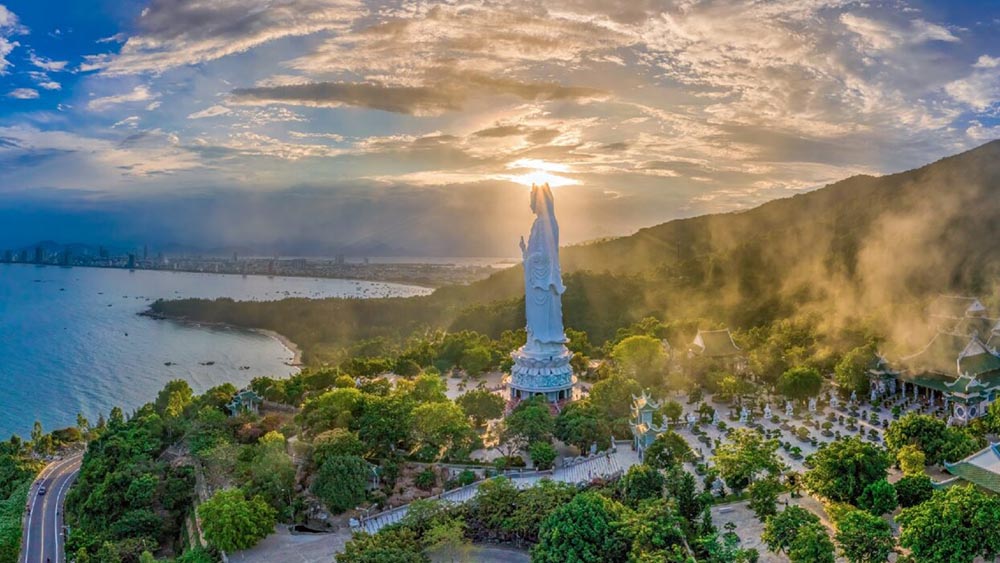
When rain becomes a frequent visitor during your stay in Da Nang, adapting your travel plans with creative strategies ensures a fulfilling experience. Engaging effectively with local culture during wetter times allows visitors to savor the city's essence even amidst the rain.
Based on anecdotes from seasoned travelers, indoor attractions compose an alternative route to explore Da Nang without the hindrance of inclement weather. A plethora of options await when considering cultural exhibitions, culinary experiences, and historical insights.
Top strategies to embrace during rainy days:
Ultimately, a visit to Da Nang during the rainy season does not need to be daunting. By employing these strategies, travelers can navigate their trips comfortably and gain insight into the unique experiences offered by this vibrant coastal city.
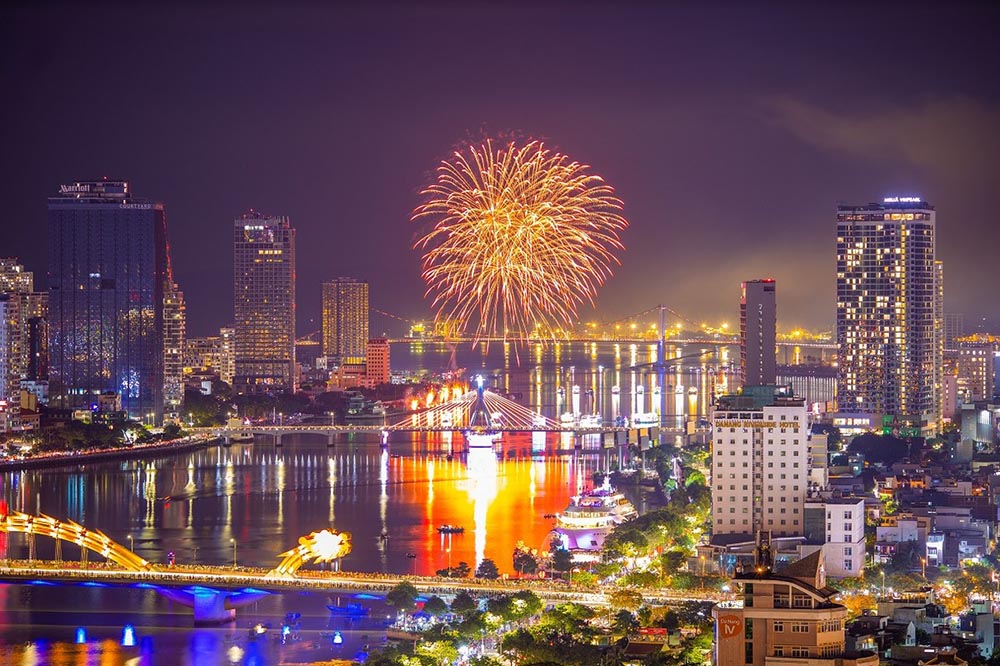
In conclusion, finding the best time to visit Da Nang, Vietnam, significantly impacts the quality of your experience in this breathtaking coastal city. With its tropical monsoon climate, understanding the nuances of the dry and rainy seasons is essential for planning your journey. The best months to visit, particularly March through May, showcase favorable weather, exciting festivals, and a vibrant local culture.
However, options remain for travelers who can adapt to other months, such as enjoying the cultural richness of February or participating in festivals in April and September. While the rainy season from September to November may pose challenges, these months also offer unique opportunities for those who are willing to immerse themselves in local experiences, even as they navigate occasional downpours.
Regardless of when you choose to visit, Da Nang promises to leave a lasting impression, beckoning you to explore its beautiful beaches, rich history, and warm hospitality. As you set your travel plans into motion, remember that each season unveils its own character, enticing you to discover the numerous layers that Da Nang has to offer. Happy travels!